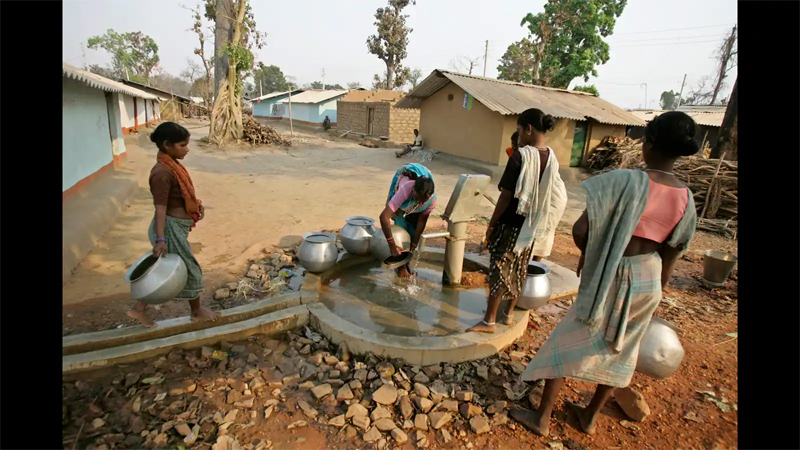Rs 15,000 cr scheme to benefit migrate communities
Housing, telecom, education, health facilities among the benefits
Sanjeev Pargal
JAMMU, Feb 7: The Central Government has decided to implement the Pradhan Manti Particularly Vulnerable Tribal Groups (PVTGs) Development Mission in Jammu and Kashmir which would largely benefit the communities which migrate including Gujjars, Bakerwals, Gaddis and Sippis among others.
Official sources told the Excelsior that the Central Government has allocated a fund of Rs 15,000 crore for the country for next three years for socio-economic development of Particularly Vulnerable Tribal Group and will be launched as part of ‘Reaching the Last Mile’, one of the seven ‘Saptrishi priorities’ enlisted by the Government of India.
In Jammu and Kashmir, sources said, there will be huge funding for the PVTGs for their socio-economic development. The beneficiaries mostly include Gujjars, Bakerwals, Gaddis and Sippis who are listed as migrates but there can be some more communities if they are found in the same category.
“The Jammu and Kashmir administration will shortly start its task for clear identification of PVTGs so that none of the communities is left out of the Group. Concerned Ministries of the Central Government will also be consulted in the issue to ensure that benefits of the PVTGs reached to all those who deserve,” sources said.
“The PVTGs Mission of Prime Minister Narendra Modi aims to provide basic facilities like housing, water, road, telecom, education and health in PVTG areas.
The scheme follows strategic approach of Banbandhu Kalyan Yojana, which is need-based and strives to optimize utilization of resources available under various programmes and aims to specific outcomes,” they added.
The Ministries which will be responsible for implementation of the PM-PVTG Mission include the Rural Development, Water Resources, Education, Health and Woman and Child Development, as per the sources.
They said there are certain tribal communities who have declining or stagnant population, low level of literacy, pre-agricultural level of technology and are economically backward. They generally inhabit remote localities having poor infrastructure and administrative support. These groups are among the most vulnerable section of our society as they are few in numbers and have not attained any significant level of social and economic development. Seventy five such groups have been identified and categorized as PVTGs,’’ sources said.
As per them, the features of such a group include pre-agricultural system of existence, practice of hunting and gathering, zero or negative population growth, extremely low level of literacy in comparison with other tribal groups. The Groups that satisfied any one of the criterion were considered as PVTGs.
“Due to their vulnerability, PVTGs require greater support and development compared to other tribal groups. The more developed and assertive tribal groups often receive a larger portion of tribal development funds, leaving PVTGs in need of more targeted support. The programme for the welfare of PVTGs began in the 1970s and there is an absence of a proper policy that considers their culture, practices, livelihood and other aspects of their lives for their welfare,” the sources said.
On the recommendation of the Dhebar Commission, the Central Government began to identify the most vulnerable tribal groups as a separate category in 1975, establishing 52 such groups. The list was expanded in 1993, when another 23 groups were added, for a total of 75 PVTGs out of 705 Scheduled Tribes spread across 17 States and one Union Territory (UT) in the country (2011 census), they added.
The crtiteria fixed by the Government for identification of PVTGs include pre-agricultural level of technology, low level of literacy, economic backwardness and declining or stagnant population.
Sources said the Scheme was launched in 2014 as a Central Sector Scheme by the Union Government and was aimed at overall development of tribal people with an outcome-based approach ensuring that all the intended benefits, goods and services through various programmes/scheme of Central and State/UT Government covered under the respective Tribal Sub Plans actually reach them.


